79 years ago, on November 23, 1945, in the context of the country's newly gained independence, President Ho Chi Minh signed Decree No. 65/SL "on the preservation of ancient relics throughout Vietnam". This was the first Decree of the new regime on the preservation of national cultural heritage, laying the foundation, the compass, the red thread throughout the cause of protecting the country's cultural heritage.
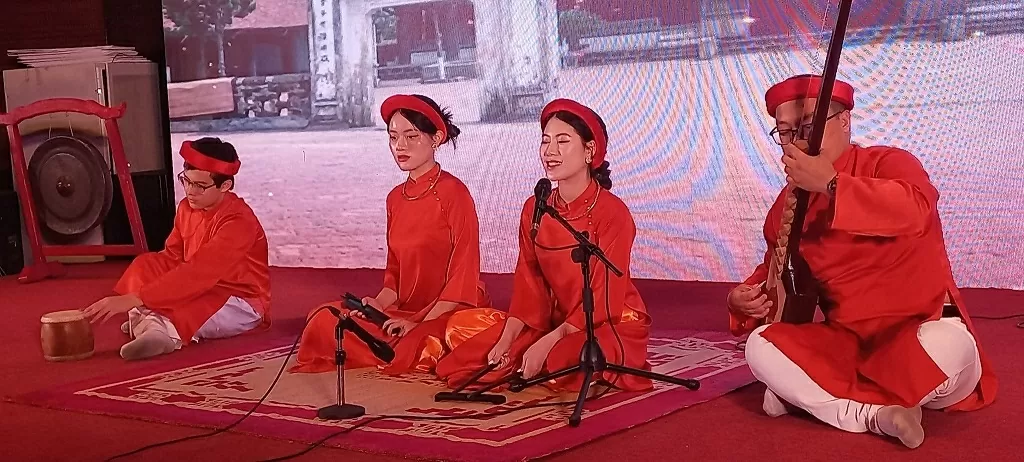 |
| Young artists perform at the Hanoi Ca Tru Festival 2025. (Photo: Bui Trong Hien) |
Based on the historical significance of Decree No. 65/SL, on February 24, 2005, the Prime Minister issued Decision No. 36/2005/QD-TTg, taking November 23 as Vietnam Cultural Heritage Day.
Since then, November 23 has become the traditional day of the cultural heritage industry, a festival for those working in the field of cultural heritage and those passionate about cultural heritage.
In fact, looking back on the past journey, Vietnam has reaped many remarkable cultural achievements: The whole country has ranked more than 10,000 provincial and municipal relics; 3,621 national relics, 130 special national relics, out of a total of more than 40,000 relics; about 7,000 intangible cultural heritages have been inventoried, of which 534 heritages have been recorded in the List of National Intangible Cultural Heritages.
Many of Vietnam's cultural heritages have been recognized by UNESCO, including 9 world cultural and natural heritages, 15 intangible cultural heritages; 9 documentary heritages, including 3 world documentary heritages and 6 documentary heritages of the Asia-Pacific region.
However, the work of preserving and promoting heritage values is currently facing many major challenges, in which the conflict between preservation and development is the core issue.
The rapid urbanization process and the pressure of the market economy have exposed many shortcomings, although the legal system on heritage has had a long-term vision and quite complete regulations.
According to Associate Professor Dr. Do Van Tru, Chairman of the Vietnam Cultural Heritage Association, the number of relics is too large with more than 40,000 relics nationwide, of which nearly 4,000 are national relics, while the investment budget for conservation is very limited. This makes the restoration work always in a state of "some things can be done, some things are broken".
To truly turn heritage into a driving force for development, there needs to be coordination between management agencies, researchers, artisans and businesses. Successful models such as the Temple of Literature, Hoa Lo, Hue Imperial City, Ha Long, Trang An or Hoi An show that when people can “live off heritage”, they will voluntarily protect heritage more sustainably.
Besides, legal policies on heritage still need to be more strongly specified, from the treatment of artisans, policies on preserving intangible heritage to the process of restoring relics and the mechanism for protecting national treasures.
However, from the community perspective, there are still valuable lights: Artisans who diligently maintain their profession despite low income; youth groups who voluntarily collect documents and open classes to teach; families who preserve genealogies, ancient houses, and worship traditions; young artists who bring traditional musical instruments to the contemporary stage; localities that make efforts to restore the cultural space of villages...
It is not difficult to see that heritage always exists in a state of motion. A Quan Ho melody resounding in the middle of the communal house yard is a way for young people to connect with traditional music. A craft village adds "modified" products to suit the tastes of tourists as a flexible way to save the craft from fading away. All of these things show that heritage is not a fixed statue or specimen, but can change and adapt but is always closely linked to community life.
Previously, the concept of “cultural resources” or “soft power” was unfamiliar, but now it is discussed as a development strategy. The tourism industry seeks to exploit local cultural elements to create differentiation. Large cities are beginning to pay attention to preserving heritage spaces as a core value in creating city identity.
Many young businesses have shown interest in handmade products and designs inspired by tradition. Heritage has become a source of inspiration for creativity, promotion, urban design and community education.
Therefore, the greatest significance of celebrating the 20th anniversary of Vietnam Cultural Heritage Day lies in the spirit of renewing awareness that: Conservation is not opposed to development, identity lies not only in what our ancestors left behind, but also in the way we continue to create and each person is the owner of preserving heritage.
Source: https://baoquocte.vn/di-san-van-hoa-va-loi-nhac-ve-tuong-lai-335130.html


![[Photo] Close-up of heavy damage at the school located on the banks of the Ban Thach River](/_next/image?url=https%3A%2F%2Fvphoto.vietnam.vn%2Fthumb%2F1200x675%2Fvietnam%2Fresource%2FIMAGE%2F2025%2F11%2F26%2F1764152130492_ndo_bl_img-8188-8805-jpg.webp&w=3840&q=75)


![[Photo] VinUni students' emotions are sublimated with "Homeland in the Heart: The Concert Film"](/_next/image?url=https%3A%2F%2Fvphoto.vietnam.vn%2Fthumb%2F1200x675%2Fvietnam%2Fresource%2FIMAGE%2F2025%2F11%2F26%2F1764174931822_10-3878-jpg.webp&w=3840&q=75)


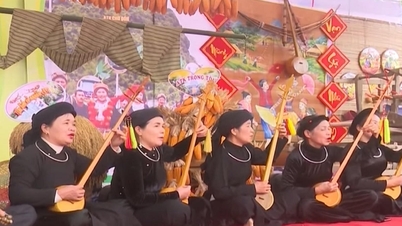

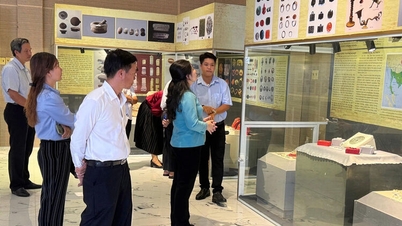



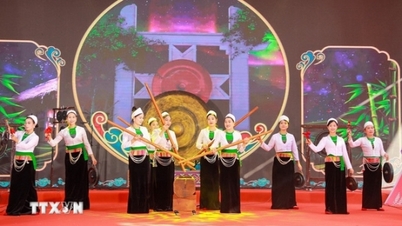


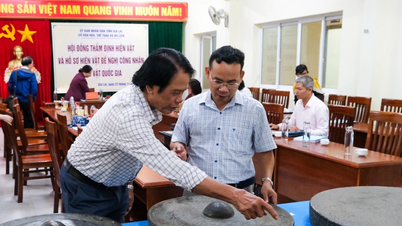





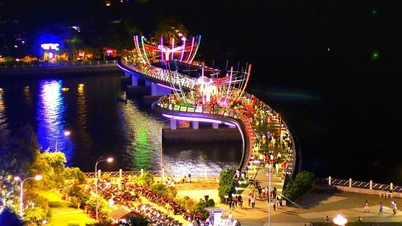
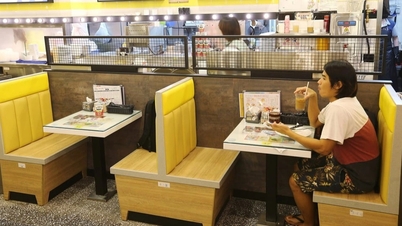
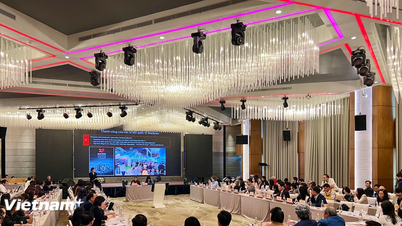








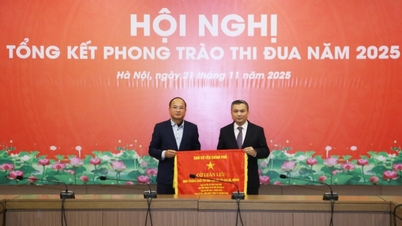


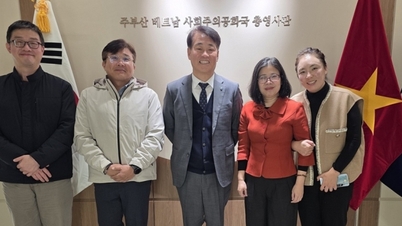





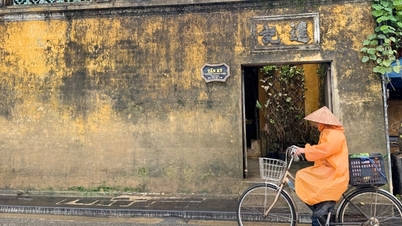



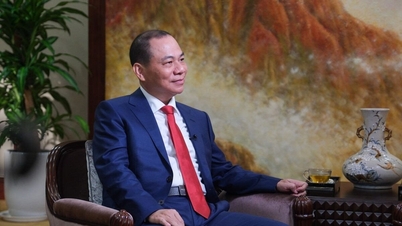





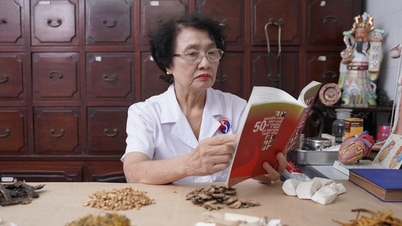

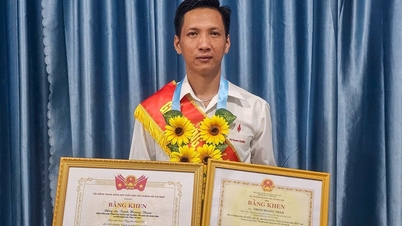





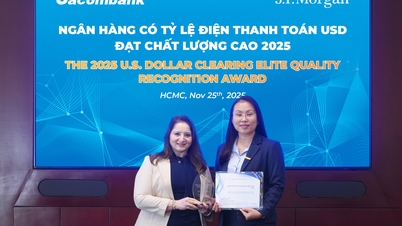

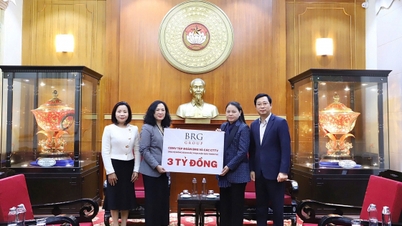








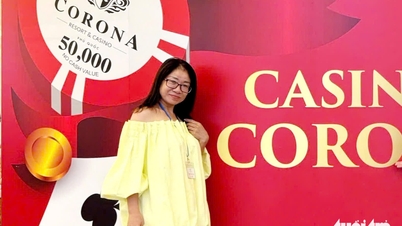



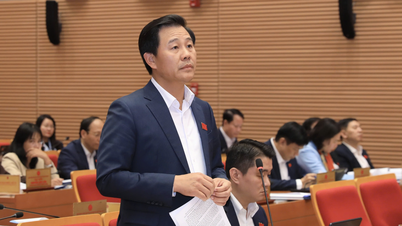
![[Photo] Opening of the 28th Session of the Hanoi People's Council](https://vphoto.vietnam.vn/thumb/402x226/vietnam/resource/IMAGE/2025/11/26/1764155991133_image.jpeg)














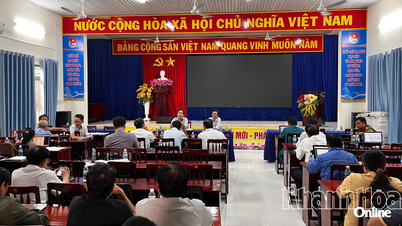
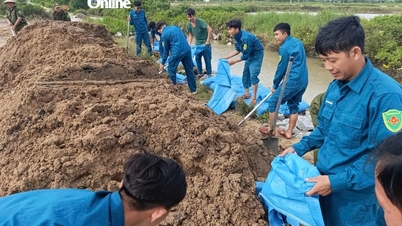












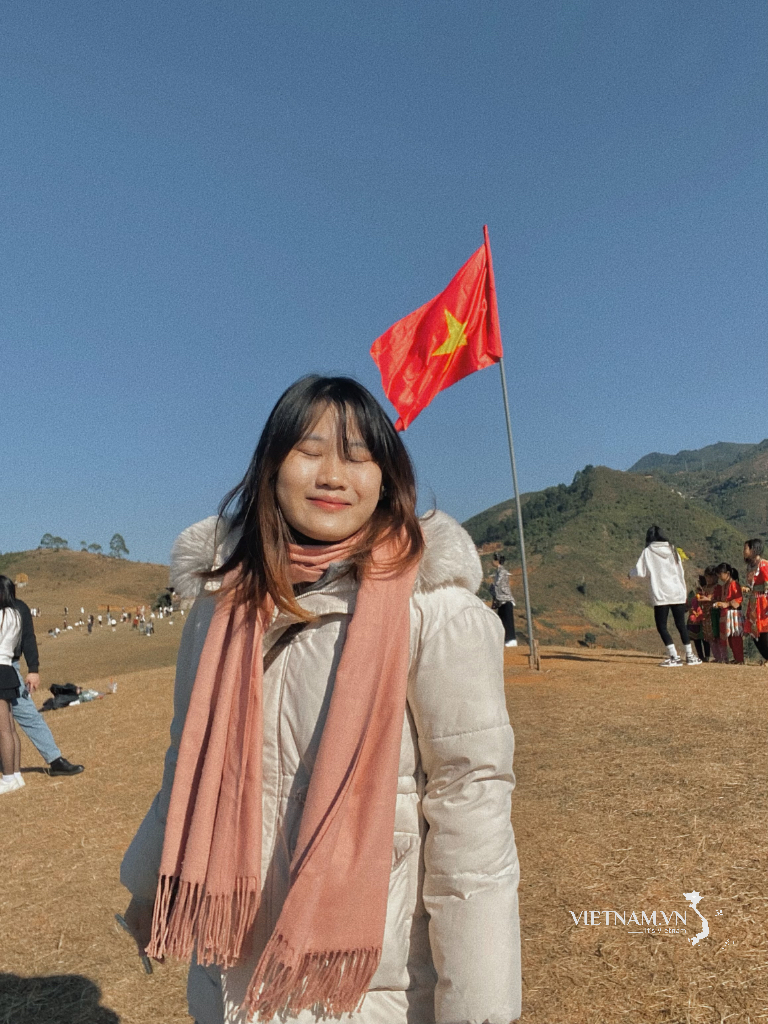

Comment (0)